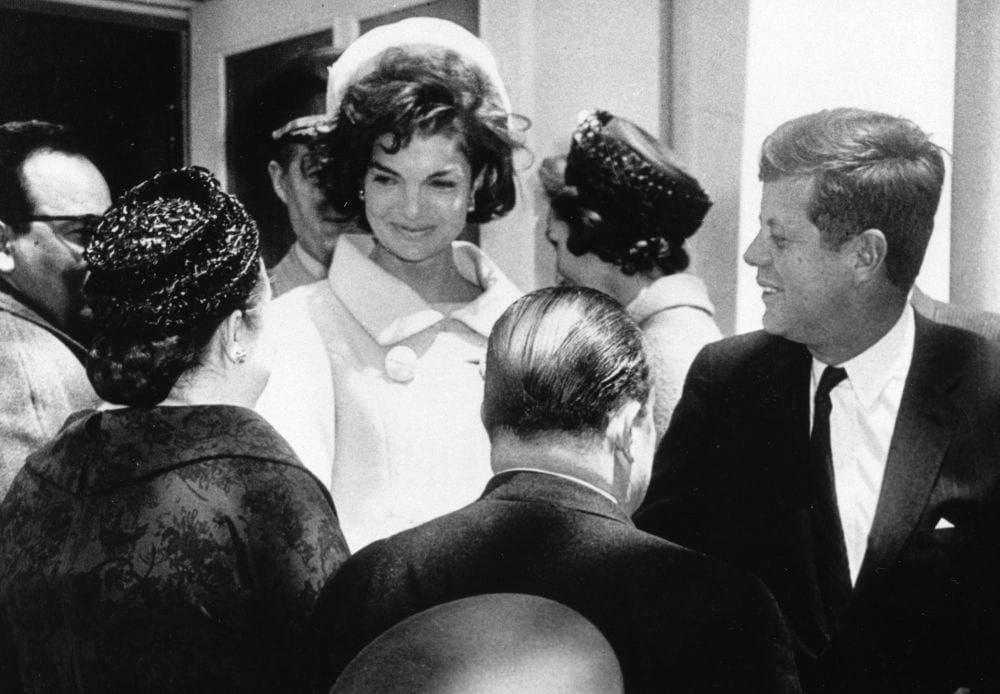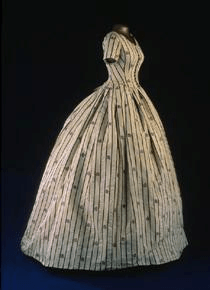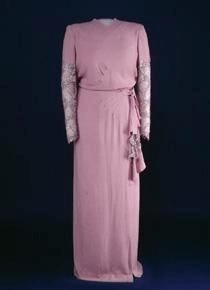By Celina Mahabir
Whatever news outlet you rely on for a glimpse into what’s going on in the world, one thing’s for sure – politics, post-election events and our newly appointed president are prevalent topics in the media. Away from the heated debates on controversial topics, top fashion editorials like VOGUE, Harper’s Bazaar and Marie Claire have been on top of assessing the fashion wins and faux pas of First Lady Melania Trump. Their coverage of her ensembles down to the last stitch has inspired me to take a look at former First Lady fashion.
1780s: Martha Washington
The first-ever First Lady was known for her classy attire: silk gowns, garnets and stockings. Her style resembled what was popular in Britain at the time and reflected the political culture of the United States as a newly independent country. According to the Smithsonian National Museum of American History, her dresses were often adorned with intricate patterns and layers of material in order to create a flowing, graceful effect.
1860s: Mary Todd Lincoln
Coming from an upper-class household, Mary Todd Lincoln was able to keep a near-perfect appearance while her husband battled civil war, slavery conflicts and national reformation. According to TIME Magazine, despite her five-foot tall stature, she’d splurge on dresses that were roughly $2,000 apiece. Lincoln often mirrored French style, with low-cut bodices and floral headdresses. Her costly wardrobe exceeded the $20,000 attire budget set in place.
1930s: Eleanor Roosevelt
Eleanor Roosevelt assumed the position of First Lady soon after women began to make revolutionary strides in society. As PBS states, the 1900s Victorian society had strict ideals for how a woman should act and present herself, and the “Bloomer Girl” style began taking streets by storm. In other words, women began to suppress the belief that they should hypersexualize their attire in order to emphasize their hourglass figure. Cheaper, durable fabric was used in exchange for corsets donated to the military for materials while trousers, loose waistlines and coats became popularized. Despite breaking away from cultural norms, Roosevelt still managed to look elegant.
1960s: Jacqueline Kennedy
Jacqueline Kennedy is considered the “pioneer” of First Lady fashion by numerous fashion editorials such as VOGUE and Harper’s Bazaar. Her pillbox hat, color-coordinated skirt suits and white gloves are just a few of her iconic articles of clothing that shaped her into the fashion icon she still is. Kennedy was also recognized for experimenting with different trends: color blocking, patterns, round sunglasses and others. She was sure to make a statement wherever she went.
1970s: Rosalynn Carter
If Jacqueline Kennedy was a fashion risk-taker, Rosalynn Carter was the same – in an entirely different way. While the fashion industry was booming with innovative styles never seen before, The Washington Post said that Carter took it back to the basics with high necklines, vintage fabric and embroidery. Her lack of flashy jewelry and skin exposure highlighted a more conservative personality that showed through her clothing.
1990s: Hillary Clinton
During the 1990s, Hillary Clinton’s fashion was similar to her presidential campaign wardrobe. Solid colors, suits and flowing materials have always been a part of her style regime, although she has taken the industry by storm with her appreciation of tailored pantsuits. CNN identifies this as her way to break gender stereotypes. However, her wardrobe still maintains a feminine, elegant aura.
2010s: Michelle Obama
Michelle Obama is often credited for being one of the most fashionable First Ladies, following Jacqueline Kennedy’s legacy. Her love of jaw-dropping designer dresses, gowns and suits has made headlines on numerous fashion editorials, including the likes of Jason Wu, Versace and Altuzarra. She experimented with a number of patterns, fabrics and prints, making it nearly impossible to encapsulate her style with a single label.
Pictures 1-7: Printed with permission from the Smithsonian National Museum of American History









